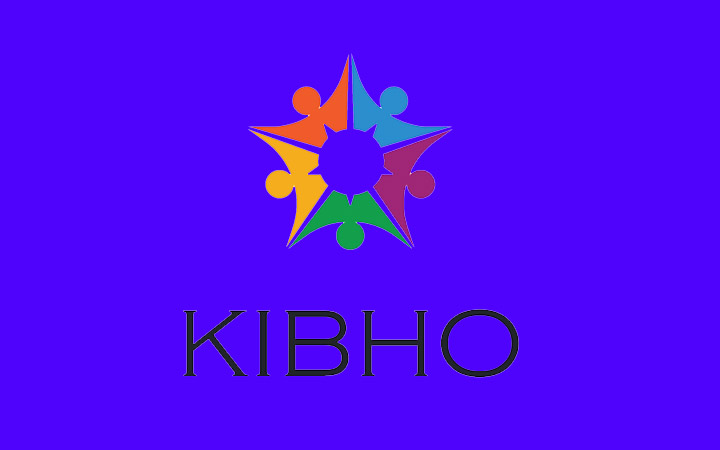Chrome.//net-internals/dns: Quick Guide To Clear DNS Cache On Chrome

When a website is viewed, the browser saves and caches the IP address along with all other NS (Name servers) data. This cache is kept for a long time and can require clearing if a website modifies its DNS records. To accomplish this, use chrome.//net-internals/dns to clean or flush your Google Chrome DNS cache to visit the website.
What is Chrome.//net-internals/dns?
To remove the DNS cache on Chrome, try clicking this link in your browser. It will take you to a window where you may click Remove host cache.
The NetLog event stream visualization tool net-internals/#dns, sometimes referred to as Net-Internals, allows you to see logs in real-time or load NetLog dumps from later dates that preserve the network-related events and state of the browser, aiding in problem-solving and troubleshooting.
What Is //net-internals/#dns?
Another name for the //net-internals/#dns is the Net-internals. It’s a visualizer for Netlog event streams. It allows you to import older NetLog dumps and examine the real-time log.
What exactly is a NetLog dump, then? It is a log file that records the network-related activities and status of the browser. To investigate and debug DNS difficulties and other related issues like HSTS issues, utilize Chrome’s NetLog.
Chrome, Opera, Microsoft Edge, and other Chromium browsers are compatible with //net-internals/#dns. In other words, to clear the host cache in your Chrome browser, use [browser name]://net-internals/#dns; to flush socket pools, use [browser name]://net-internals/#sockets. Your Chromium browser’s DNS cache may be cleared by doing this.
Also Read: Proxyium.com
Does Chrome Need To Clear Its DNS Cache?
In some cases, it might be helpful to clear the DNS cache in Chrome. Let’s examine when and how it could be required:
When To Delete Chrome’s DNS Cache:
Problems with Website Access: You might try deleting the cache if you are having trouble accessing a specific website and you think the DNS entry may have changed.
Changes to DNS Servers: Chrome utilizes the most recent DNS information when you clear the cache after making changes to your network adapter’s DNS servers.
Popular Websites Flagged as Untrusted: Occasionally, you may receive errors stating that popular websites need to be more trustworthy. In such cases, you can fix the problem by clearing the DNS cache.
How To clear The DNS Cache In Chrome?
- Open the Chrome browser.
- Visit chrome.//net-internals/dns.
- On this page, click the “Clear host cache” option. Note that no confirmation message will show, but Chrome’s DNS cache will be cleared.
- Restart the Chrome browser.
- Additionally, you may go to chrome://net-internals/#sockets and click the “Flush socket pools” option before restarting your browser.
Other Browsers To Remove DNS Cache
Firefox: To remove the DNS cache, restart the browser or go to about networking#dns and select “Clear DNS Cache.”
Safari: While there is no direct button for clearing the DNS cache, you may use a hidden option to erase caches (including DNS caches). Go to Safari > Preferences > Advanced, then choose “Show Develop menu in the menu bar.” Then, from the Develop menu, select “Empty Caches”.
How To Clear The DNS Cache On Your Apple iPhone?
To clean your iPhone DNS cache, you may either restart the device, which will reset your DNS, or you can turn Airplane mode on and off.
Furthermore, you may reset network settings to clear DNS. Still, this option will remove your saved Wi-Fi and Bluetooth settings, which must be recreated.
Step 1: Open your device’s Settings and select General.
Step 2: Scroll down and select Transfer or Reset iPhone, then touch Reset.
Step 3: Select Reset Network Settings from the list, and then confirm your selection to preserve it.
Following that, if you have already configured your DNS servers, you must manually reset them.
How Can I Clean Or Flush Windows 11/10/8/7’s DNS Cache?
Step 1: Launch the command prompt in administrator mode.
Step 2: Execute the ipconfig /flushdns command.
How Can I Clean or Flush Linux’s DNS Cache?
Step 1: get the terminal open.
Step 2: Type sudo service network-manager restart into the command window.
How Can I Clean or Flush Apple macOS’s DNS Cache?
Step 1: Launch the app on the terminal.
Step 2: Execute the below commands:
How Can I Determine Whether DNS Has Flushed?
On a Windows, Linux, macOS, or Unix computer, you may use the nslookup command to see if the DNS cache has been emptied or flushed.
How To clear DNS On Your Android Device?
Although there isn’t a direct method on Android to empty the system’s DNS cache through the user interface, you may do it by using one of the browsers we mentioned above to flush the DNS cache: Chrome, Firefox, Opera, and Safari.
To clear the DNS cache, simply open the browser on your smartphone and follow the instructions above. It will be simple to follow that.
Conclusion
If using chrome.//net-internals/dns is ineffective for clearing DNS in Chrome, you can attempt the solutions outlined in this article. We hope that this may help you discover a workable solution. If you have any more questions, please leave them in the comments section.





![Jio Partner Central Login, Registration, Benefits [Quick Guide]](https://technologytimestoday.com/wp-content/uploads/2024/08/Jio-Partner-Central-login.jpg)